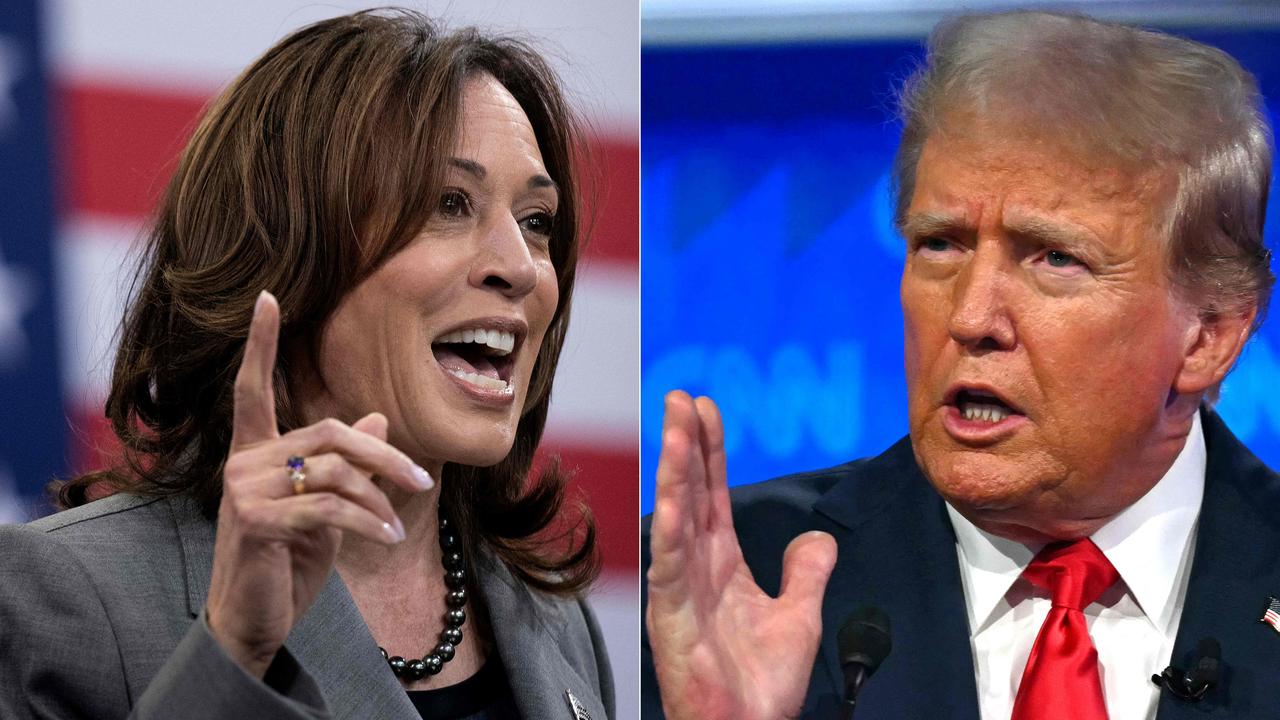
Table of Contents
In an era where the digital landscape shapes public opinion, political Harris campaigns have increasingly turned to social media influencers to amplify their messages. The Kamala Harris campaign has been no exception. Her team’s strategic use of influencers is not just a trend but a carefully crafted approach that has been years in the making.
The Evolution of Political Campaigns
Political campaigns have evolved dramatically over the last few decades. Gone are the days when traditional media like television and print were the primary means of reaching voters. Today, social media platforms like Instagram, TikTok, and Twitter are where many voters, especially younger ones, get their news and form their opinions.
The Harris campaign recognized this shift early on. They understood that to connect with a diverse and digitally savvy electorate, they needed to meet voters where they were—online. This realization led to a deliberate strategy to engage social media influencers as key players in their campaigns.
Why Influencers Matter
Influencers have the unique ability to reach niche audiences in a way that traditional media cannot. They build trust with their followers over time, and their endorsements can carry significant weight. For the Harris campaign, leveraging influencers meant tapping into this trust and authenticity to convey their message in a more relatable and personalized manner.
The influencers chosen by the Harris campaign often reflect the diversity and values that Harris herself champions. These influencers are not just content creators; they are activists, thought leaders, and voices of their communities. By collaborating with them, the campaign could amplify messages about social justice, healthcare, climate change, and more in a way that resonates on a personal level with voters.
A Long-Term Strategy
The Harris campaign’s embrace of social media influencers didn’t happen overnight. It was a long-term strategy that began long before she became Vice President. During her 2020 presidential bid, Harris’s team experimented with influencer marketing, recognizing its potential to reach younger and more diverse voters.
As the campaign progressed, they refined their approach. They identified key influencers who aligned with Harris’s platform and built relationships with them. This wasn’t just about getting a quick endorsement; it was about creating lasting partnerships that could be activated throughout the campaign and beyond.
The campaign’s approach also included micro-influencers—those with smaller but highly engaged followings. These influencers often have more direct interactions with their audiences, making their endorsements feel more genuine and impactful. By targeting these micro-influencers, the Harris campaign could reach specific demographics and communities more effectively.
Read More: Neve Campbell’s Journey: Overcoming Challenges in Her Career
The Impact on the 2020 Election
The strategic use of social media influencers played a significant role in Harris’s success in the 2020 election. Influencers helped humanize Harris, making her more relatable to voters. They shared personal stories, engaged in live discussions, and created content that showcased Harris’s policies in a way that was accessible and engaging.
This strategy was particularly effective in mobilizing younger voters, who are often skeptical of traditional political messaging. By seeing someone they follow and trust endorse Harris, these voters were more likely to engage with her campaign and, ultimately, show up at the polls.
Lessons for Future Campaigns
The Harris campaign’s success with social media influencers offers valuable lessons for future political campaigns. It underscores the importance of meeting voters where they are and using platforms and voices they trust. It also highlights the need for authenticity in political messaging. Voters can see through inauthentic endorsements, so it’s crucial to collaborate with influencers who genuinely align with the campaign’s values and goals.
As we move further into the digital age, the role of social media influencers in political campaigns will only grow. The Harris campaign’s early adoption and strategic use of influencers serve as a blueprint for how to effectively integrate this powerful tool into a broader campaign strategy.
In conclusion, the Harris campaign’s embrace of social media influencers was a forward-thinking move that paid off. It wasn’t just about being trendy or following the latest digital marketing fad; it was a calculated, years-in-the-making strategy that recognized the changing dynamics of voter engagement. As political campaigns continue to evolve, the lessons from Harris’s use of influencers will undoubtedly shape the future of campaign strategies in the digital era.